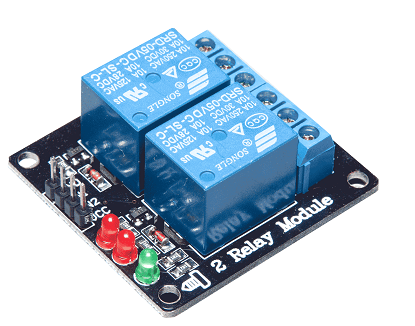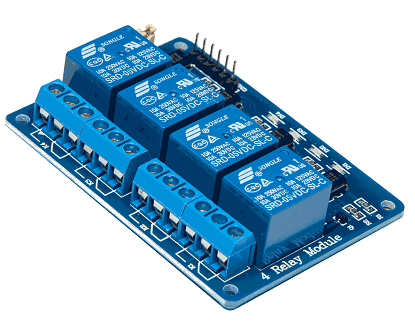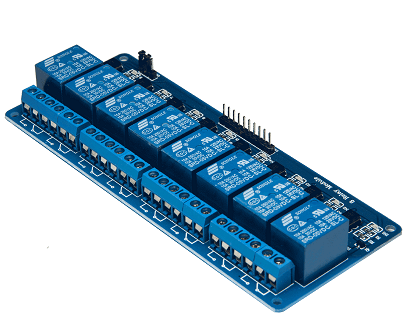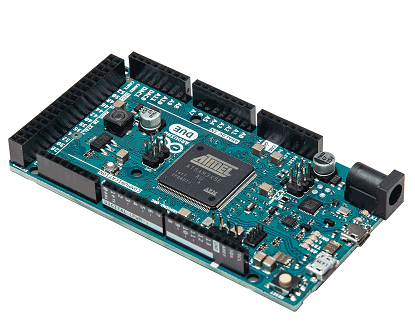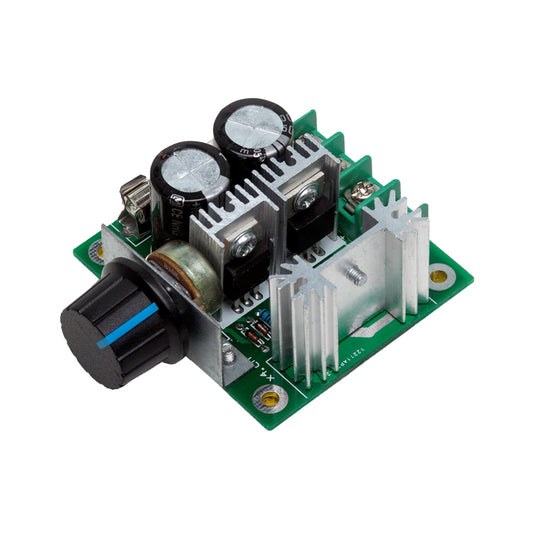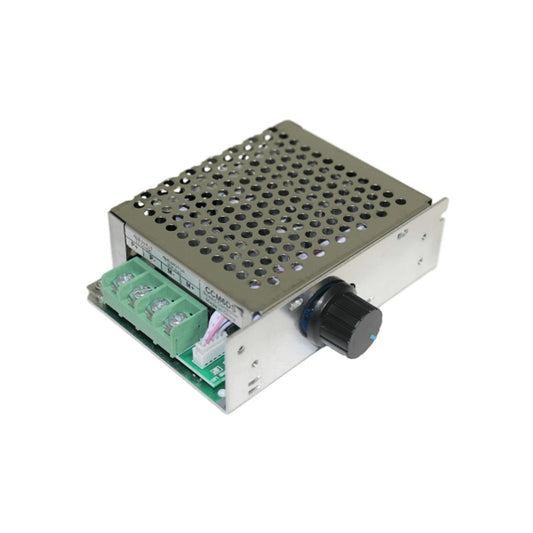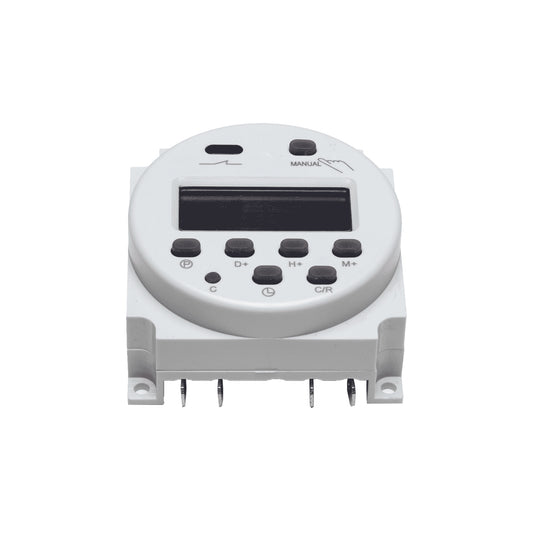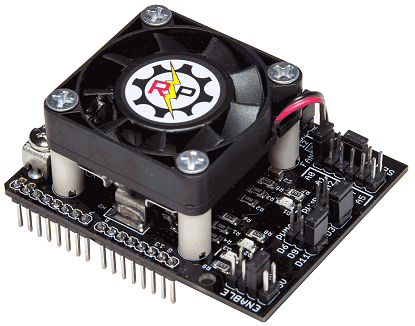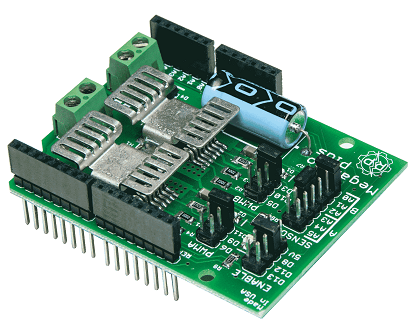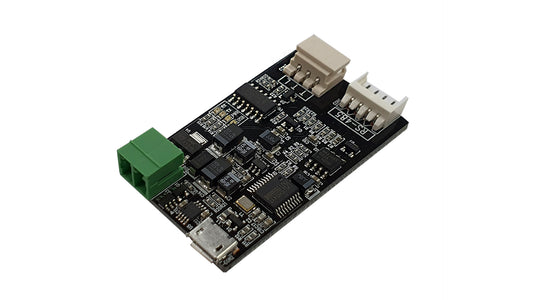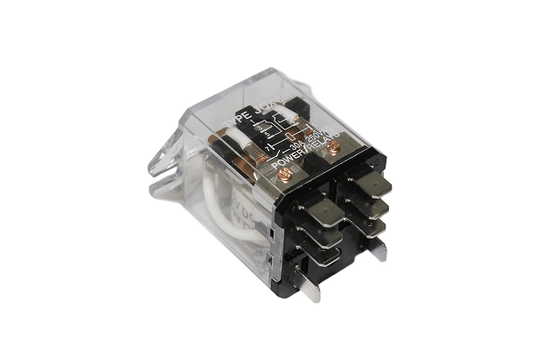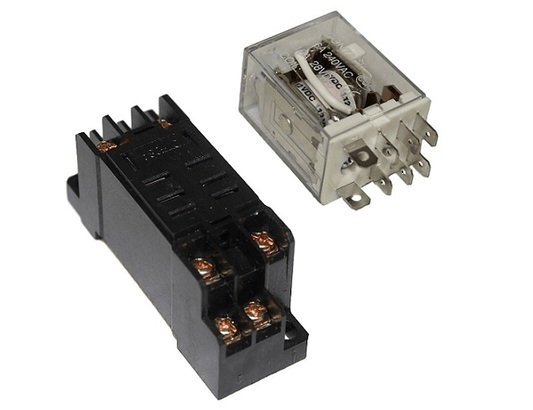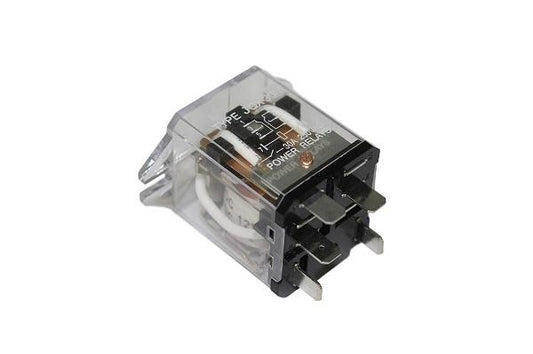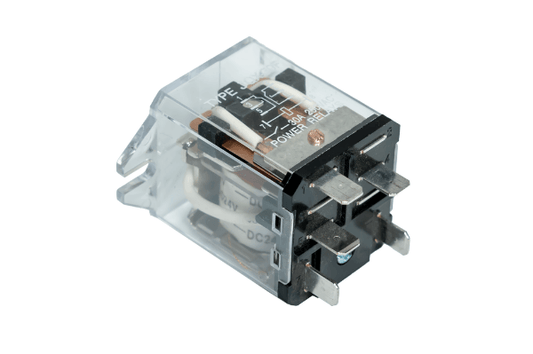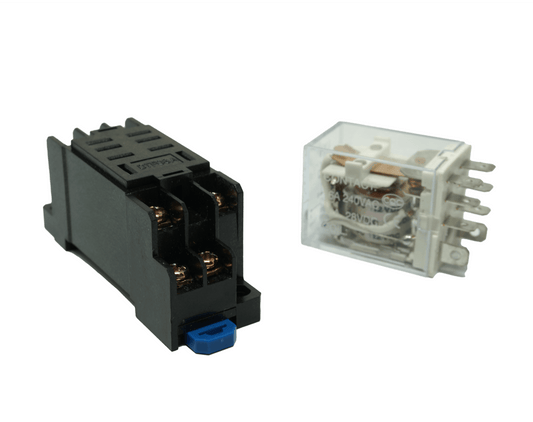-
2 Channel Relay Module
Model LC-200$8.00 USD -
4 Channel Relay Module
Model LC-201$10.00 USD -
8 Channel Relay Module
Model LC-202$14.00 USD -
Arduino Due - 32 Bit Processor
Model LC-062$63.00 USD -
DC Speed Controller - 10A
Model AC-14$33.00 USD -
DC Speed Controller - 30A
Model AC-26-30$41.00 USD -
Digital Programmable Timer Switch - 12VDC - 16A
Model AC-21$39.00 USD -
MegaMoto GT H-bridge Arduino Shield
Model LC-81$86.00 USD -
MegaMoto Plus H-bridge for Arduino
Model LC-80$66.00 USD -
PC Interface Controller
Model LC-12$47.00 USD -
Relay - 12VDC - DPDT - 30A
Model AC-28-30-12$19.00 USD -
Relay - 12VDC - SPDT - 16A
Model AC-29-16-12$18.00 USD -
Relay - 12VDC - SPDT - 30A
Model AC-30-30-12$19.00 USD -
Relay - 24VDC - SPDT - 30A
Model AC-31-30-24$19.00 USD -
Relay -12 VDC - DPDT - 10A
Model AC-27-10-12$18.00 USD
